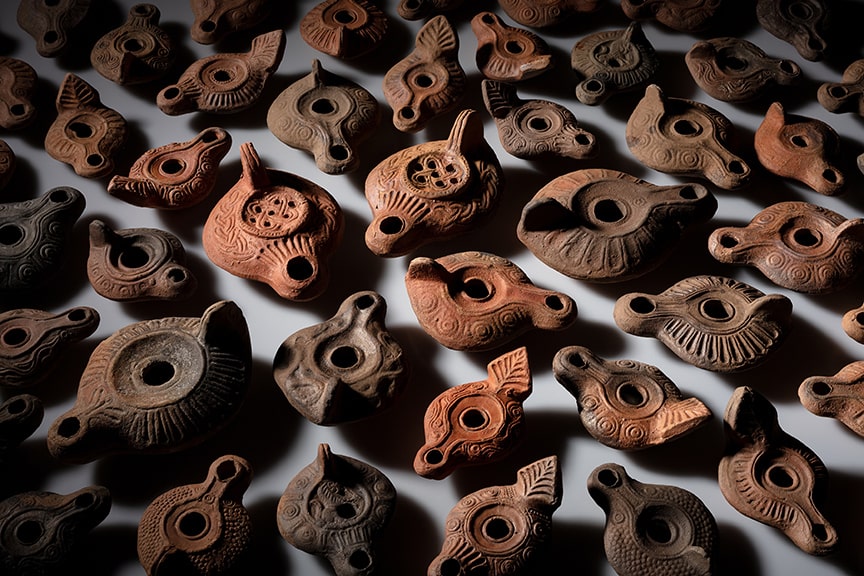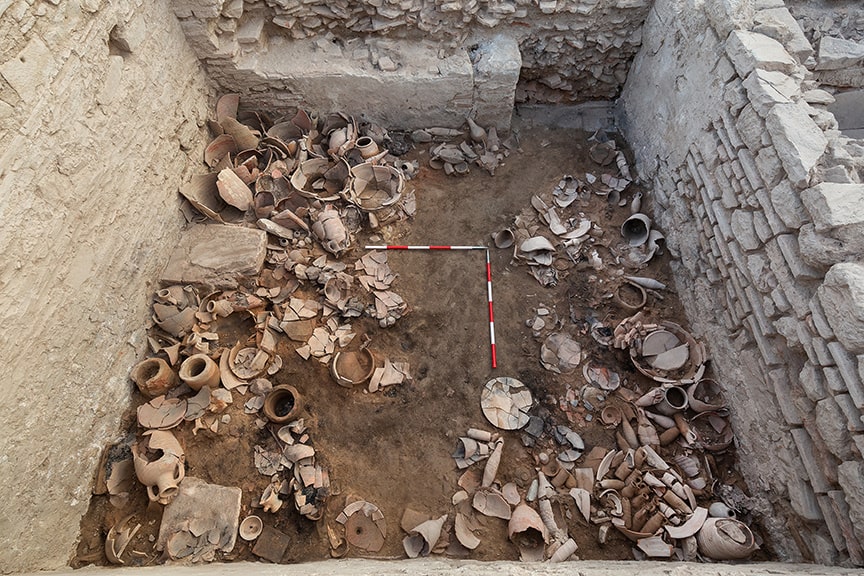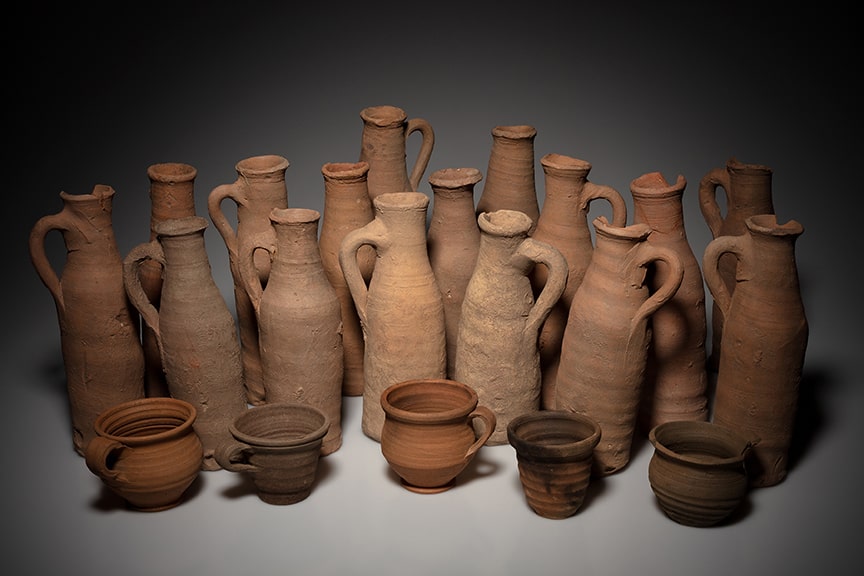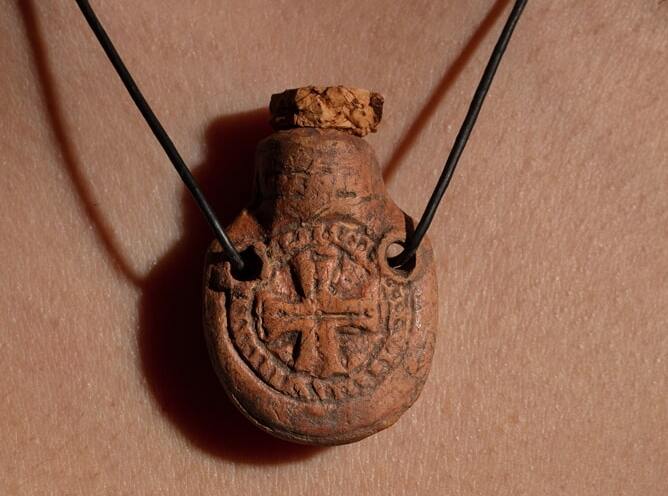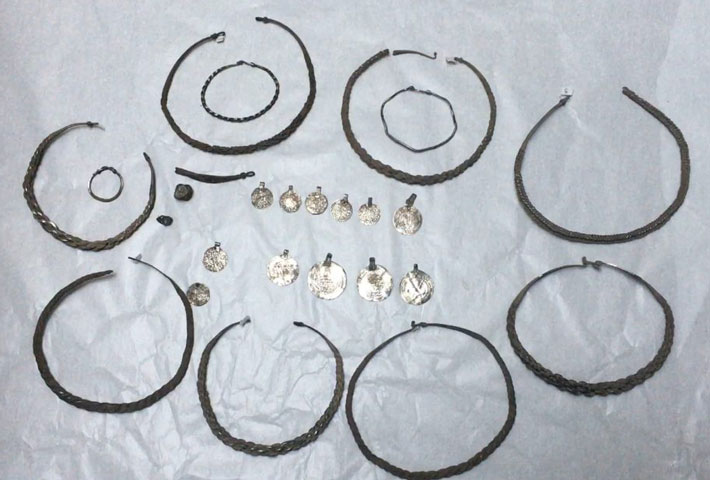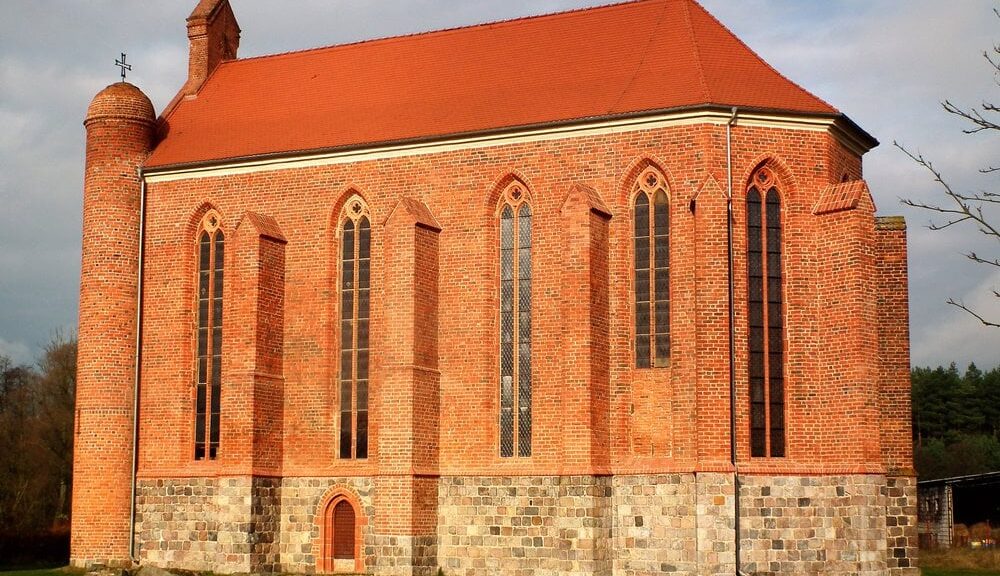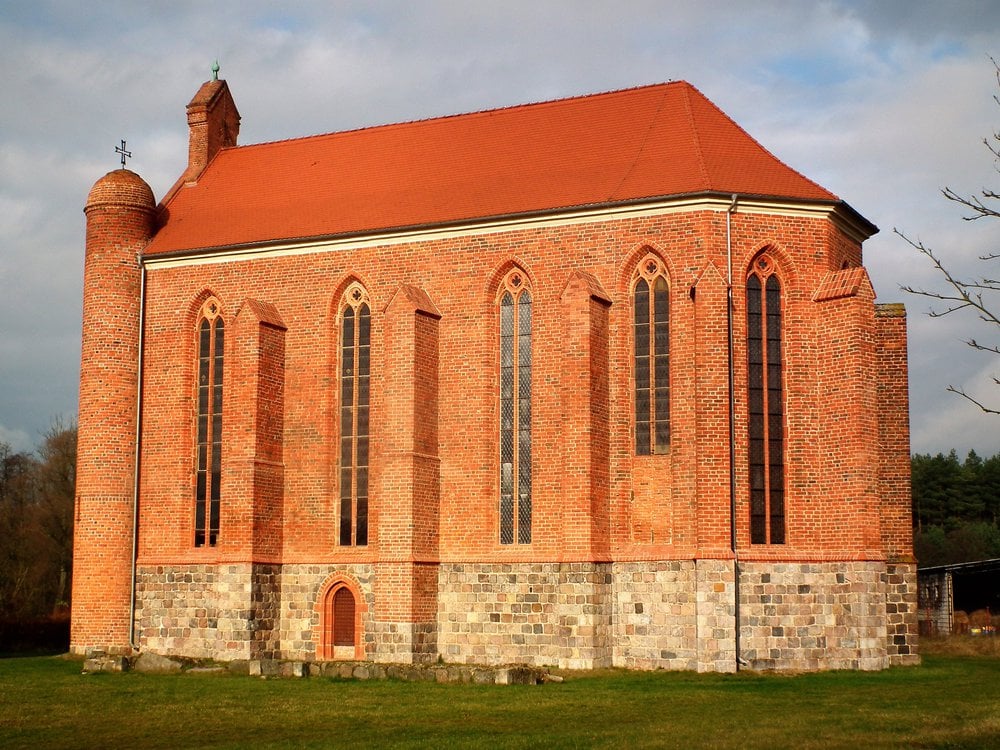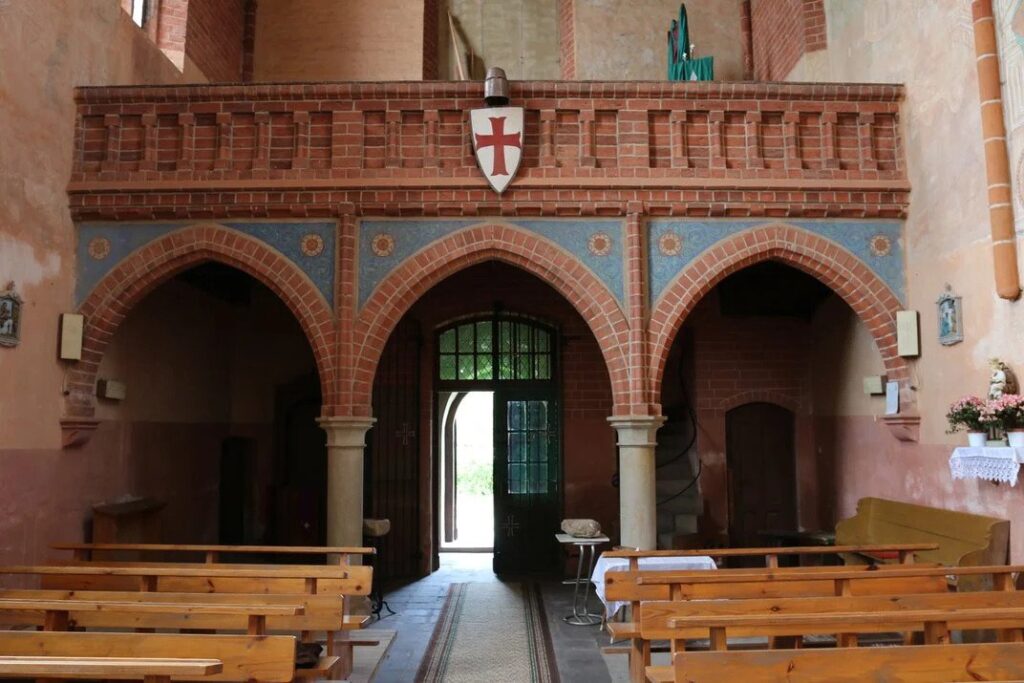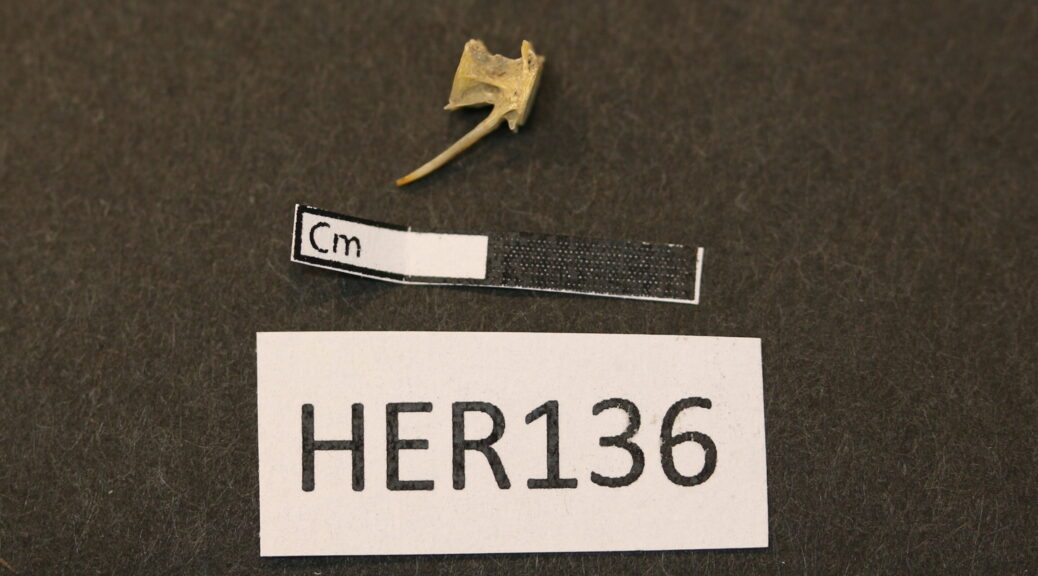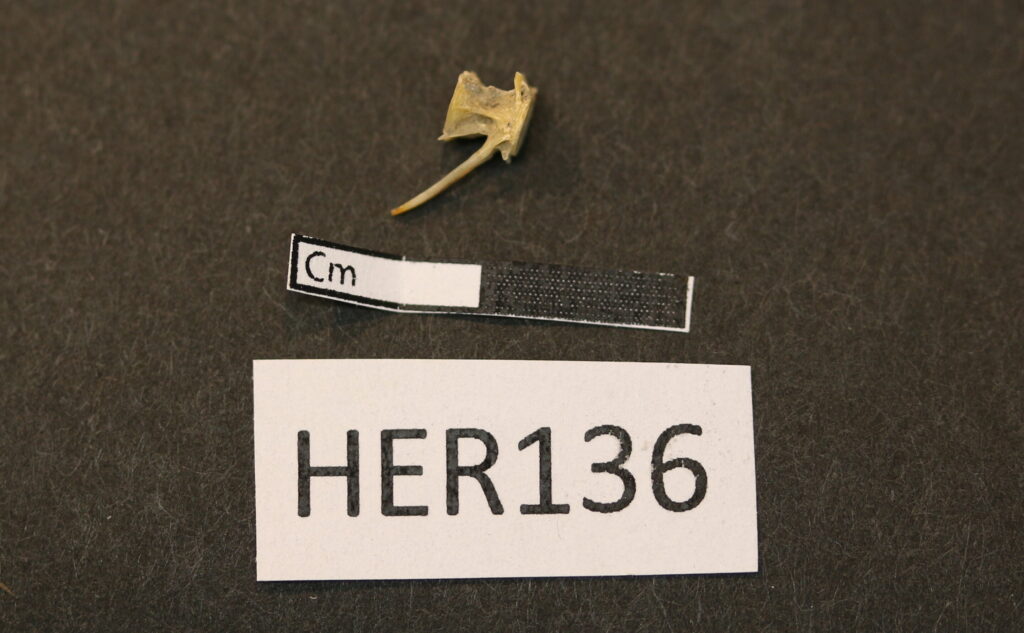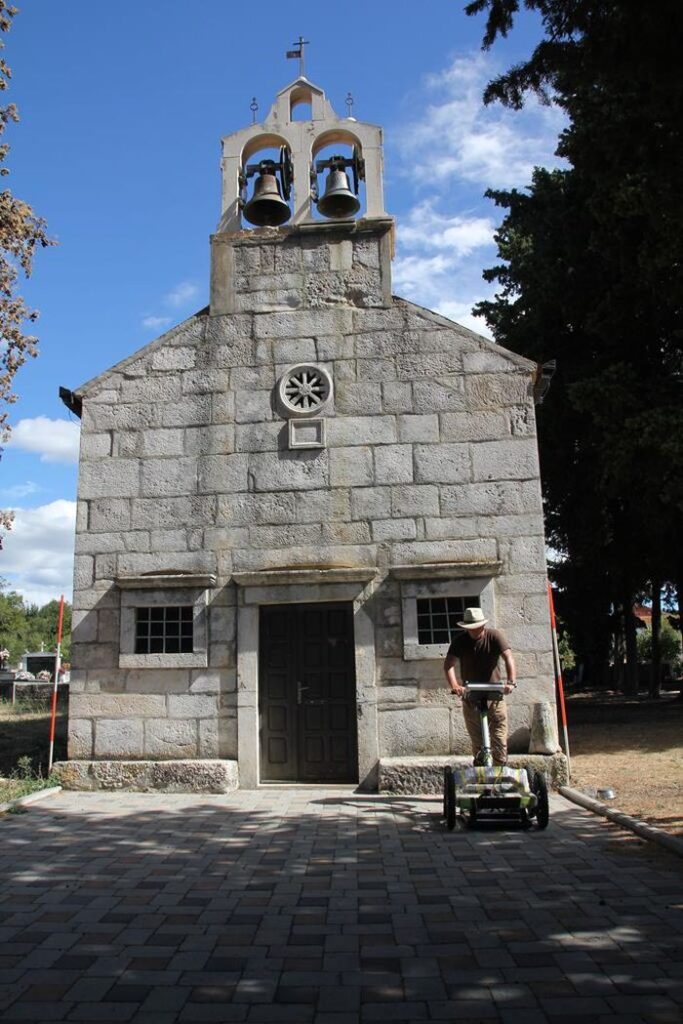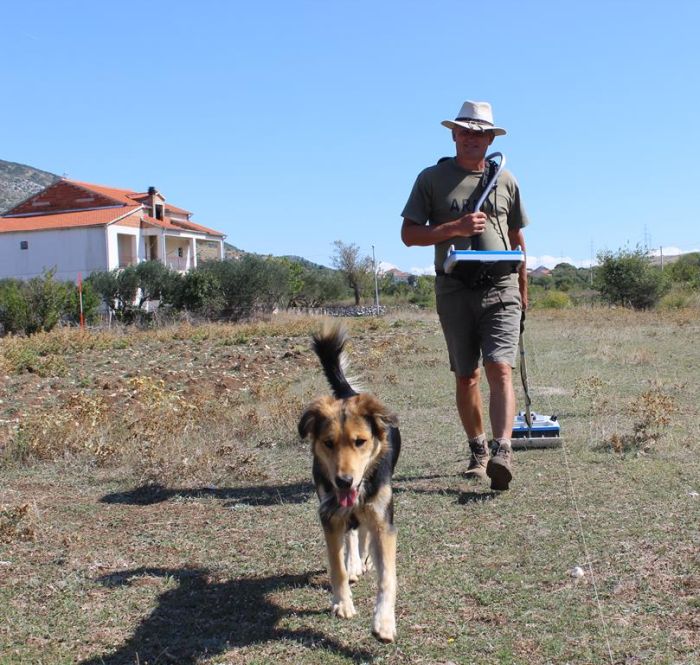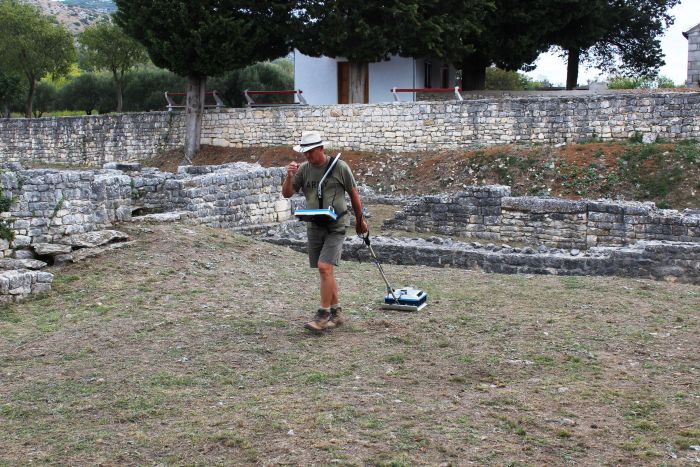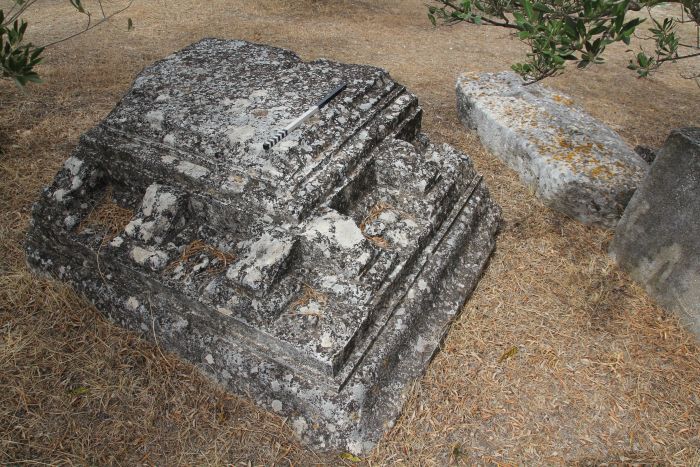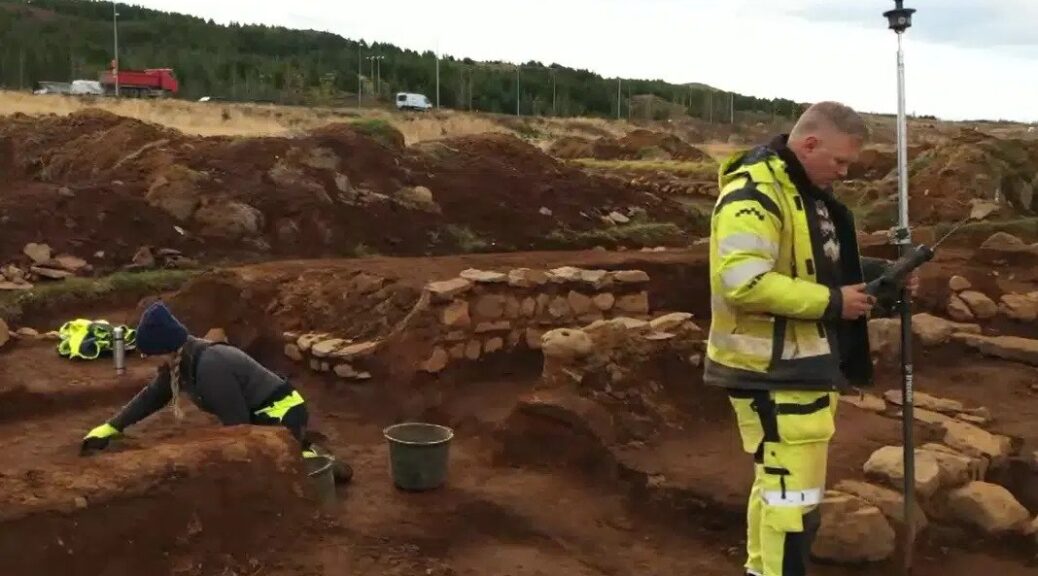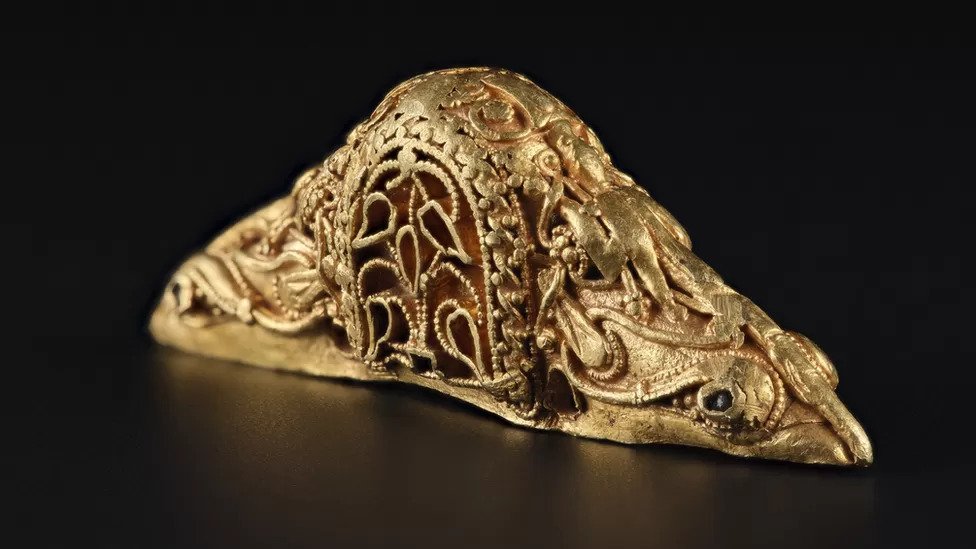Thor’s Hammer Amulet Found in Sweden
A 1,000-year-old amulet of Thor’s Hammer discovered in Sweden shows the lasting popularity of the ancient Norse deity, who has now won a new audience with Chris Hemsworth’s portrayal of the Viking god of war in Marvel movies.
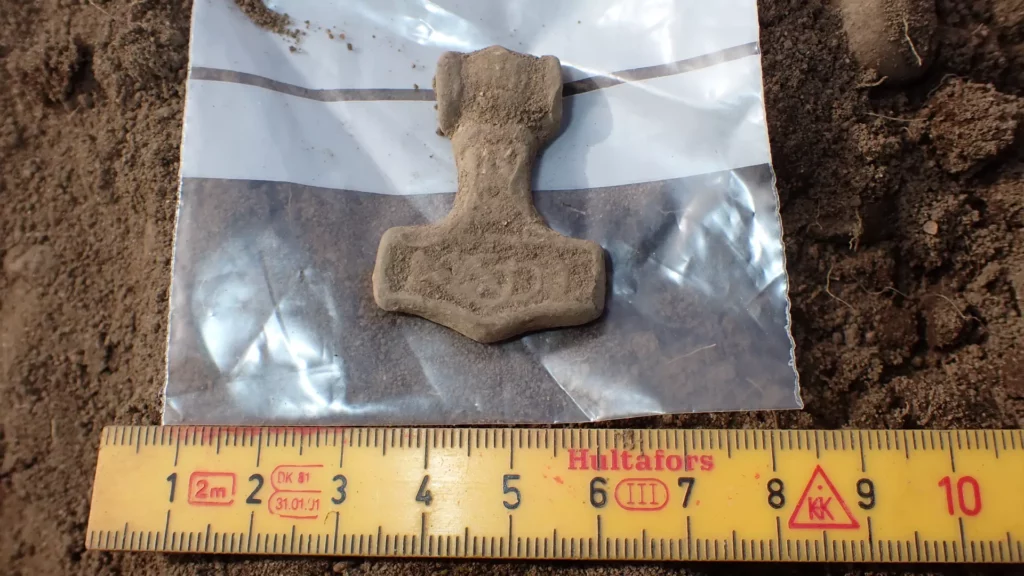
Thor had always been a popular figure, perhaps because he was concerned about humans, Carolyne Larrington, a professor of medieval European literature at the University of Oxford, told Live Science.
“Of all the Norse gods, Thor is the one most interested in the fate of humanity,” said Larrington, author of the upcoming book “The Norse Myths that Shape the Way We Think,” (Thames and Hudson Ltd, 2023) who wasn’t involved in the recent discovery. “His main job was patrolling the east and keeping the giants [the Jötnar] out of the lands of humans and the gods with his hammer.”
Archaeologists unearthed the amulet over the summer during excavations near the southwestern town of Ysby, Per Wranning, the head of archaeology at the Cultural History Museum in Halland County, told Live Science in an email.
The region faces Denmark across the strait between the North Sea and the Baltic, which for centuries has been called the Kattegat — “cat’s passage” — because it is dangerously shallow.
The archaeological investigations of the site, which has been earmarked for new houses, have also revealed several firepits, post holes and pieces of pottery and metal that may date to before the end of the late Viking Age in the mid-11th century A.D, he said.

Viking Age
Similar Thor’s hammer amulets have been found previously in Scandinavia, but this is the first uncovered in Halland, said Wranning, who led the dig.
It’s cast in metal and has intricate embossed designs on its upper face, and it may have been gilded (decorated with gold) or silvered, but the archaeologists won’t be sure until it’s been properly cleaned and preserved, he said.
A hole in the shaft — the bottom of the “handle” of the hammer — indicates the amulet was hung on a ring or thong and suggests it was worn around the neck, but it might have formed some other type of jewellery, he added. “The find probably dates to the 900s or 1000s — that is, the late Viking Age — and appears to be made of lead,” Wranning wrote in a translated blog post.
Such amulets might have been worn during the religious transition of the region at the end of the Viking Age as a symbol of adhering to the old Norse gods, rather than to the “new” religion of Christianity.
“One theory is that these large, ornamented Thor’s hammers were a clear marker for those who still worshipped the [Norse] gods when Christianity began to take root in Scandinavia,” he said.
Preliminary dating of the latest finds at Ysby suggests they are from the Viking Age, which traditionally starts in 793 — the date of the first Viking raid in England, on a monastery on the holy island of Lindisfarne on the coast of Northumberland — and ends with the Battle of Stamford Bridge in September 1066, where an English army led by King Harold Godwinson defeated an invading Norwegian army near York.
Thor’s Hammer
The divine hammer represented by the amulet is the war hammer Mjölnir , which according to legend was crafted by dwarves for the gods of Valhalla in a competition to create the most wondrous treasure, Larrington said.
Although the other treasures included a ship that could fold up and be placed in a pocket and the gold-bristled, glow-in-the-dark boar called Gullinbursti that could be ridden into battle, Mjölnir was judged the most marvellous and was given to Thor for his wars against the giants, she said.
“It has both a destructive power and a sacred power,” she said. “It seems to have been used to hallow things, to make them sacred.”
When worn as an amulet, representations of Mjölnir might have been thought of as a form of spiritual defense: “It’s protecting you, in a very positive way,” she said.
Thor was also a god of the weather, and through that association, he was a god of seafaring. “If you’re sailing from Norway to Iceland, you want decent weather, you don’t want a storm — and Thor is very much connected with that,” Larrington said.
She noted that Ysby, where the amulet was found, is only a few miles from the coast. “So I would imagine it is about travelling,” she said.
According to the blog post by Wranning, the remains of two “longhouses” from the late Iron Age have been found at Ysby, and walls from a Christian church built in the 1100s or 1200s.
Early maps also show a ford across the nearby Lagan River: “this could have contributed to the fact that the site has been of interest to control in ancient times,” he wrote.


